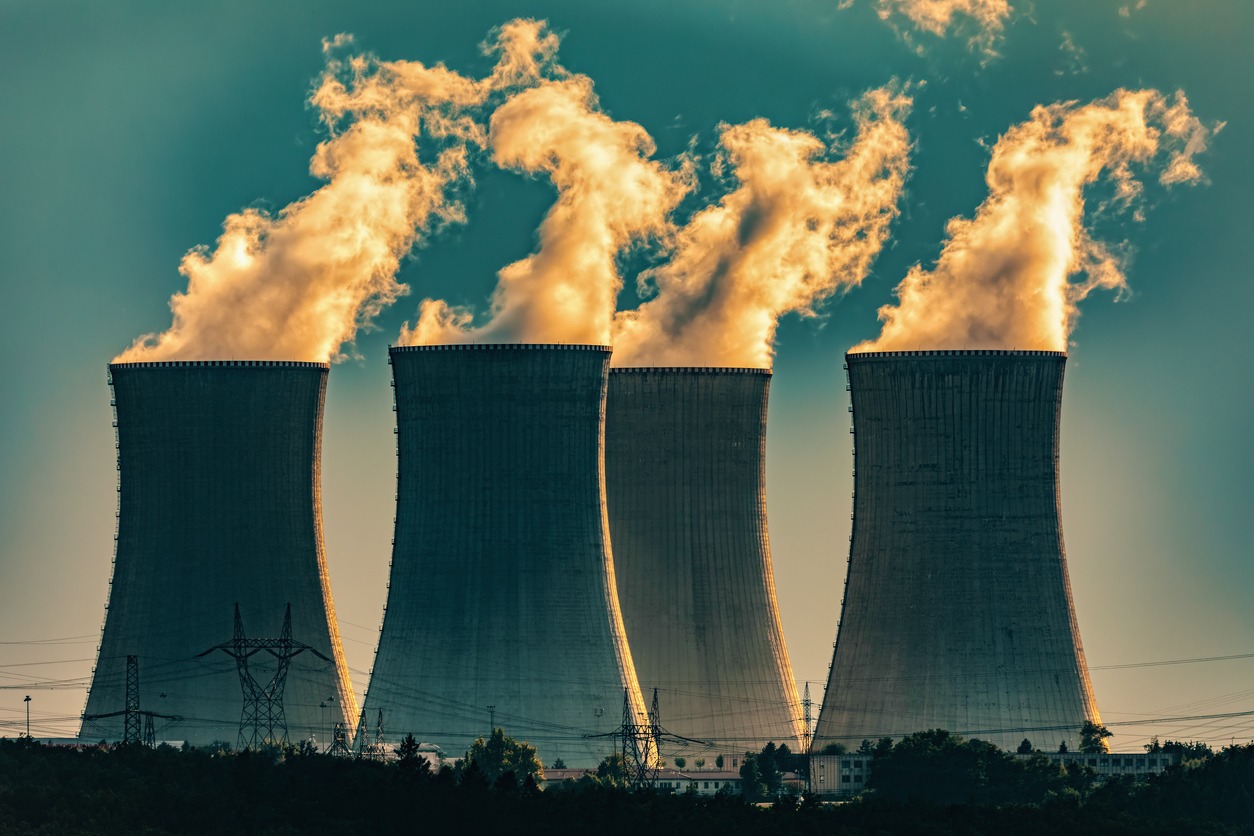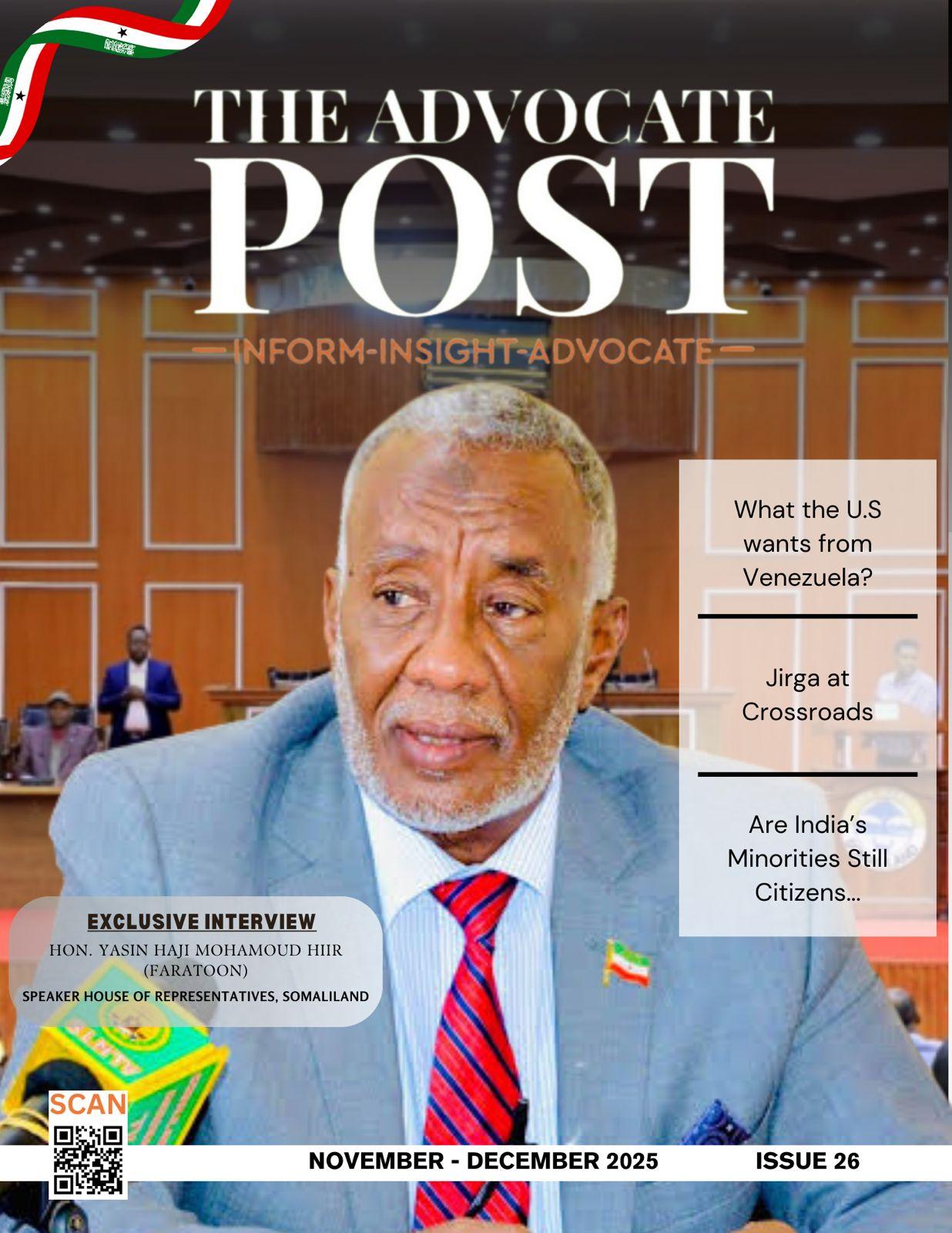By Fatima Ghufran (Pakistan)
The world finds itself increasingly ensnared in escalating international conflicts. The year 2025 has already been marked by significant warfare; first with the Indo-Pakistan war, followed closely by the Iran-Israel-U.S. confrontation. In both cases, the nuclear question loomed large: in the former, it served as a deterrent that led to a U.S.-brokered ceasefire; in the latter, it appears to have been a catalyst.
Tensions reached a new high when Former Russian President Dmitry Medvedev made a provocative statement suggesting that “a number of countries are ready to directly supply Iran with their own nuclear warheads.” The remark drew widespread condemnation, including from former U.S. President Donald Trump. In a sharply worded Tweet, Trump wrote, “Did I hear Former President Medvedev, from Russia, casually throwing around the ‘N word’ (Nuclear!)?”, It remains ironic that the U.S. remains the only nation to have used nuclear weapons in war, yet continues to police others for aspiring to the very power it once unleashed.
From the atomic bombings of Hiroshima and Nagasaki to the Chernobyl disaster, history offers chilling evidence of the devastating aftermath of nuclear-related incidents. Although “Little Boy” — the bomb dropped on Hiroshima detonated approximately 600 meters above the city, it obliterated much of Hiroshima instantly, flattening nearly 70% of the city’s buildings, unleashing a fireball with temperatures exceeding a million degrees Celsius. Nearly 70,000 people were killed immediately, with tens of thousands more succumbing to burns, injuries, and radiation sickness in the following months. Survivors like Setsuko Thurlow, then just 13, recalled bodies “so burnt and bloated they were unrecognizable,” while Shigeko Sasamori, a teenager at the time, described how her skin “peeled off like gloves.” The streets were filled with scorched figures, silent and dazed, stumbling through a hellscape of ash and flame, living proof of the unspeakable cost of nuclear warfare. This article explores some of the most infamous nuclear catastrophes in history, underscoring why the threat of nuclear deterrence must always be approached with the utmost caution.
Nuclear incidents are classified using the International Nuclear and Radiological Event Scale (INES), which ranks events from Level 0 (no safety significance) to Level 7 (major accident) based on their severity, radiation release, and impact on human health and the environment.
The Chernobyl disaster of April 26, 1986, remains one of the most catastrophic warnings against the dangers of nuclear power and human fallibility. The Chernobyl disaster is ranked as a Level 7 on the International Nuclear and Radiological Event Scale (INES), the highest possible classification. The explosion occurred during a flawed safety test meant to simulate a power outage, during which operators disabled critical safety systems. The test spiraled into disaster due to severe human error and the unstable design of the Soviet RBMK reactor, which responded unpredictably to changes in power. In the immediate aftermath, Soviet authorities downplayed the crisis, falsely claiming radiation exposure was comparable to a routine chest X-ray. the dosimeters maxed out at 33,000 mSv/hr, suggesting actual radiation levels may have been higher. The nearby city of Pripyat, home to nearly 50,000 residents, was not evacuated until 36 hours later, by which time many had already been exposed to dangerously high radiation levels. Fallout contaminated soil, water, and agriculture, rendering entire regions uninhabitable. Milk, meat, and produce in affected zones were saturated with radioactive isotopes like iodine-131 and cesium-137, causing widespread internal exposure. Pripyat remains a ghost town till date.
As per UNSCEAR, radiation was soon detected in Finland, Sweden, Germany, the UK, and even as far as the United States, confirming that the effects were not local, but global. The consequences were staggering. 30 plant workers and first responders died from acute radiation syndrome, and 600,000 “liquidators” were exposed to high doses of radiation, many with long-term health consequences. By 2005, more than 6,000 cases of thyroid cancer had been reported in children, with long-term projections estimating 16,000 additional thyroid cancers, 25,000 excess non-thyroid cancers, and up to 60,000 radiation-related cancer cases in total. Chernobyl was not a bomb but an accident. Yet its legacy mirrors the mass annihilation that a single nuclear weapon could unleash. If an unintended, peacetime meltdown could scar generations, then carving out political space for deliberate nuclear warfare is not deterrence. It is annihilation.
The Fukushima Daiichi nuclear disaster unfolded on March 11, 2011, after a 9.0-magnitude earthquake struck off the coast of Japan, triggering a 15-meter-high tsunami that overwhelmed the plant’s seawall defenses. The floodwaters knocked out backup generators, cutting off power to the cooling systems in reactors 1, 2, and 3. As coolant circulation ceased, reactor cores overheated, resulting in partial meltdowns and hydrogen explosions that ripped through the reactor buildings, releasing large amounts of radioactive iodine-131 and cesium-137 into the environment. Though the disaster caused no immediate radiation-related deaths, it forced the evacuation of over 150,000 people, some of whom have still not returned home. The event was also classified as INES Level 7, due to the sheer scale of radioactive release and long-term environmental impact.
Survivors described the horror of fleeing through snow, darkness, and chaos. Naoto Matsumura, a farmer who later returned to live in the exclusion zone, said: “I saw pets left behind, cows starving. The silence was unbearable. Everything alive was either fleeing or dying.” Fumio Sato, a plant worker, recalled: “When the explosion happened, it was like the sky cracked open. We didn’t know if we were already dead.” Radiation was detected in tap water in Tokyo, 200 kilometers away, and contaminated food supplies led to bans on produce, milk, and seafood in several prefectures. Over 1,000 storage tanks now hold radioactive water onsite, with Japan planning to release treated water into the Pacific—a move that remains controversial.
The cleanup and decommissioning process is expected to take 30–40 years, at a cost of over $200 billion, and the mental health toll on evacuees and workers has been profound. Fukushima served as a brutal reminder that nuclear disasters do not only stem from war—they can arise from nature, technical vulnerability, and institutional complacency. In a world edging toward nuclear brinkmanship, Fukushima warns that even without a missile, nuclear failure is devastation without borders.
Nuclear weapons have long been justified as tools of deterrence — powerful enough to prevent war by the sheer fear of mutual destruction. But deterrence is not peace; it is a fragile balance built on the threat of obliteration. The thread connecting Hiroshima, Chernobyl, and Fukushima is not just radiation. It is the persistent human delusion that nuclear power can ever be truly controlled. Whether through war, accident, or miscalculation, every nuclear incident has revealed how thin the margin is between stability and catastrophe. Today, nuclear threats are no longer a last resort but are casually woven into the rhetoric of diplomacy, brandished in press conferences, and tweeted as if symbolic, not suicidal.. The question is no longer whether nuclear can be used but whether we are willing to live in a world where its use is conceivable. Is nuclear the new normal? If so, it may well be the last.






This Post Has One Comment
Thought provoking and an eye opening article on the possible devastations and threat to mankind and Global Eco system due to nuclear accidents and warfare.